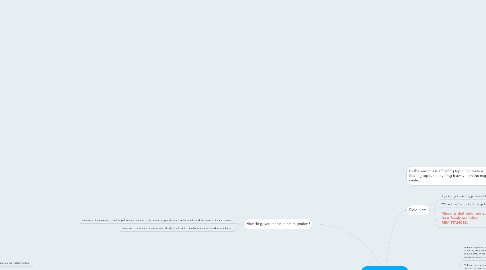
1. Where do people migrate?
1.1. Colonization: of physical process whereby the colonizer takes over another place putting it's own government in charge and either moving it's own people into the place or bringing in and indentured outsiders to gain control of the land
1.1.1. Russification which sought to assimilate all the people in the Soviet territory into the Russian culture.
1.1.2. People who migrated for work are called guest workers.
1.1.3. Regional scale: going to a neighboring country to take advantage of short-term economic opportunities or to reconnect with the cultural group across borders or to flee political war or conflict
1.1.3.1. The vast majority of refugees do not make it far from home they estimate that 83% of refugees fleeing to a country in the same region as their home country
1.1.3.2. A refugee is a person who has a well-founded fear of being persecuted for reasons of race, religion, nationality, membership of a particular social group, or political opinion
1.1.3.2.1. Internally displaced persons are people who have been displaced within their own countries such as victims of Hurricane Katrina but they do not cross international borders as they flee.
1.1.3.2.2. Asylum: is the right to protection in the first country in which the refugee arrives
1.2. The Europeans have had a big influence on emigration paths.
2. How do governments affect migration?
2.1. Changes in the countries migration policies are reflected in the number of people entering the country and the origin of the immigrants.
2.2. Selective immigration is when certain individuals with certain backgrounds are barred from entering.
3. By the way, this is a floating topic. To create a floating topic, simply drag it away from the map center.
4. What is Migration?
4.1. Cyclic movement-is movement but involves shorter periods of time away from home.
4.1.1. Nomadism- Is when people travel or migrate in matter of survival, culture, and tradition.
4.2. Periodic Movement-involves longer periods of time away from home.
4.2.1. Migrant labor- is where people from other countries travel somewhere else to get work.
4.2.1.1. Transhumance involves a system of farming where ranchers move livestock according to the seasonal availability of pastures.
4.2.1.2. Military service
4.3. Migration-what different about migration is the mover may never return "home."
4.3.1. International- when you migrate from one country to another.
4.3.2. Internal- when you migrate within one country.
5. Why do people Migrate?
5.1. Forced migration involves the imposition of authority producing involuntary migration movements. These people don't have an option to leave or stay.
5.1.1. The largest forced migration in history was Atlantic slave trade.
5.1.2. counter migration in which governments detain migrants who enter or attempt to enter their country illegally and return the migrants to their home countries
5.2. Voluntary migration occurs after a migrate weighs the pros and cons even if not so rationally, and can be analyzed and understood. These people have an option to leave.
5.3. Laws of migration: 1. Every migration generates a return or counter migration. 2. The majority of migrants move a shorter distance. 3. Migrants who move longer distances tend to choose big city destinations. 4. Urban residents are less migratory than inhabitants of rural areas. 5. Families are less likely to make international move then young adults
5.3.1. Gravity model: ravenstein predicted that the interaction between places on the basis of their population size and distance between them.
5.3.1.1. The equation for the gravity model is the multiplication of the two population divided by the distance between them
5.3.1.2. Step migration is when the migrant takes small moves to eventually get to where they wanna stay.
5.3.1.2.1. Some push and pull factors are: leag all status, economic conditions, and power relationships.
6. Field Note
6.1. Illegal immigration is a big problem off the coast of Florida.
6.2. "Wet foot, dry foot" policy. It only applies to Cubans. If they are caught illegally coming into the United States in the water they have to go back if they are already on dry land they have the right to stay.
6.3. Migrants that send money home to their family are called REMITTANCES.
6.3.1. Reverse remittances- is where money is coming from where the migrants are from to the US.
